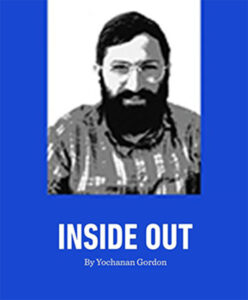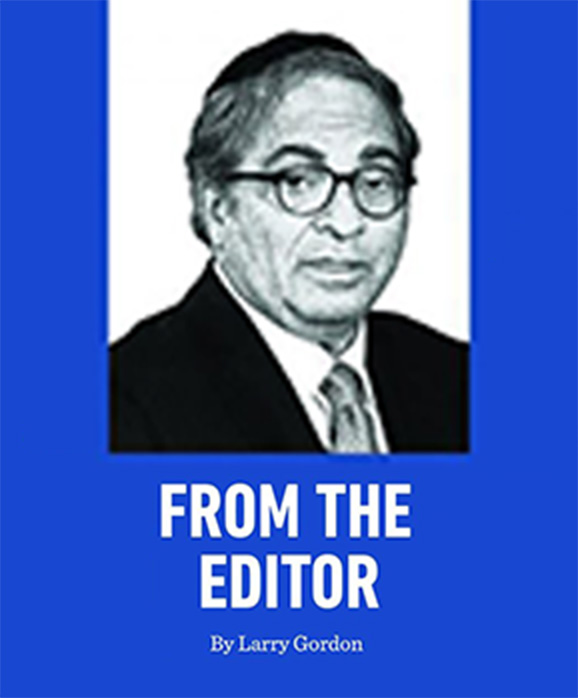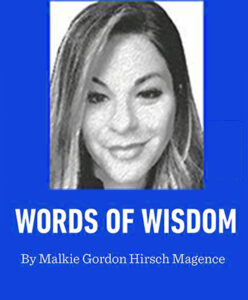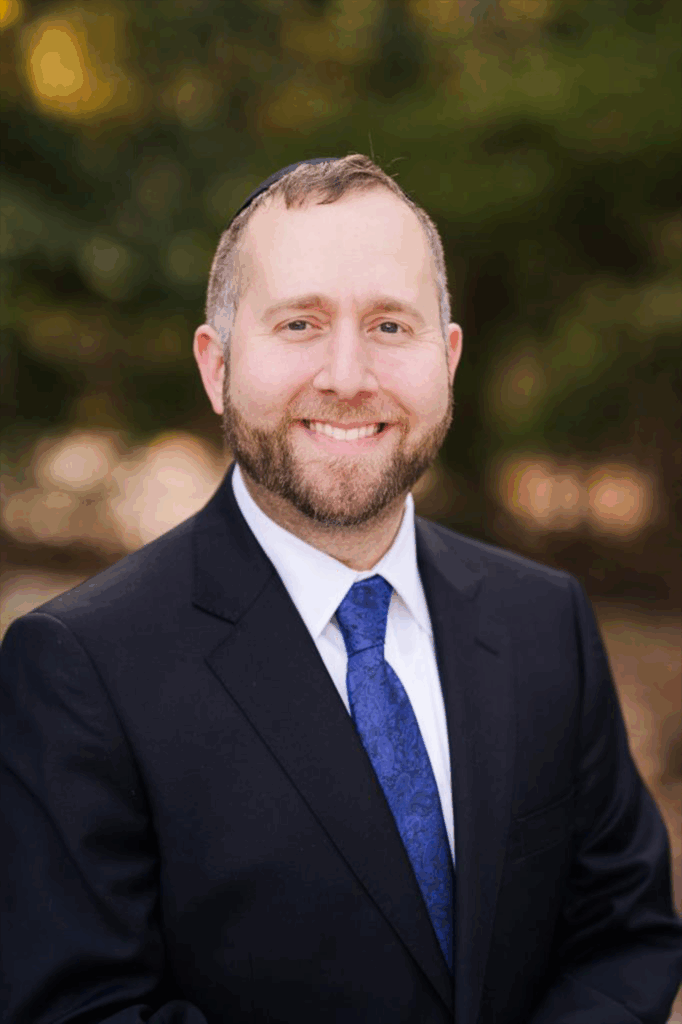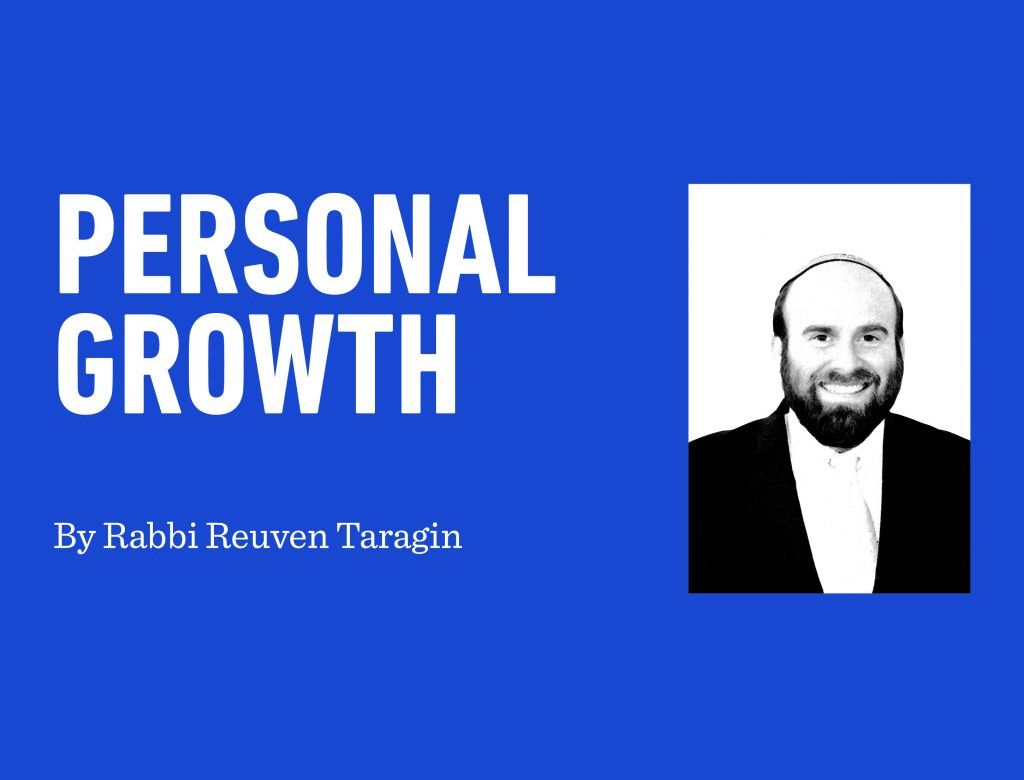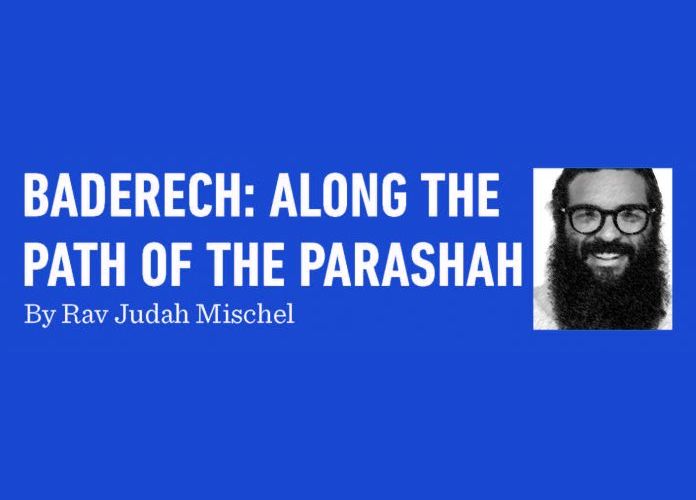Torah And Tefilla: A Two-Step Dance
By Yochanan Gordon
Rebbe Nachman of Breslov taught that a Jew must turn their Torah into tefillah—not simply learn, but cry, yearn, and speak to G-d through the very Torah they study. In that vision, Torah and tefillah aren’t two separate realms but the two steps of a single sacred dance. As we approach Lag B’Omer, this theme echoes most clearly in the person of Rebbe Shimon bar Yochai.
Rashbi, one of the yechidei hadoros according to Breslov tradition, was described by Chazal as Toraso umanuso—his Torah was his full occupation. He was so immersed in Torah that he was exempt from interrupting to daven. But that word umanuso—his “craft”—recalls a deeper layer. Rashi, commenting on the Jewish people crying out at the Yam Suf, says: “Tafsu umnus avosam b’yedeihem”—they took up the craft of their forefathers: prayer.
That same word—umanus—used both for Torah and for tefillah? Perhaps that’s the secret: Rashbi’s Torah was tefillah. His learning didn’t need to pause for prayer because his learning was prayer—an offering, a plea, a channel.
The Zohar tells us that during a drought, people came to Rashbi to pray for rain. He didn’t daven in the conventional sense. Instead, he expounded on the verse “Hinei mah tov u’mah na’im sheves achim gam yachad”—and as he spoke Torah, the skies opened. His Torah contained the power of prayer.
This fusion is echoed in the very mechanics of Torah learning. Every sugya moves from hava amina, an initial, unrefined thought, to maskana—a final, settled conclusion. The hava amina is raw, questioning, searching. It’s the voice of tefillah. The maskana is resolution, clarity—Torah. Two voices. Two steps.
Rebbi Chanina ben Dosa once said: “If my tefillah flows smoothly, I know it was accepted.” But true tefillah isn’t rehearsed—it’s a stream of consciousness. Its fluency isn’t from memorization, but from a heart fully open. That’s why it mirrors the hava amina—improvised, vulnerable, unsure, but full of longing.
This two-step pattern—broken and whole, seeking and clarity—is deeply embedded in Jewish memory. The Luchos themselves were given in two sets. The first, broken. The second, whole. Yet both were placed in the Aron. The broken ones—like tefillah—arise from shattering. The whole ones—like Torah—are measured and complete.
Chazal say that had the first Luchos endured, we would have only received the Five Books of Moshe and Sefer Yehoshua. That brevity mirrors tefillah—short, potent, like Eliyahu’s cry: “Aneini Hashem, aneini.” And yet, from brokenness came more—a Torah of depth, of commentary, of endless unfolding.
As I write this, it is the eve of Pesach Sheini—a festival born from imperfection. Those carrying Yosef’s bones were tamei and missed the Korban Pesach. They cried out: “Lamah nigara?” Why should we lose out? Moshe said: “Imdu v’eshma mah yetzaveh Hashem lachem.” “Stand, and I will hear what Hashem will command.”
Reb Tzadok HaKohen notes: “Ein amidah ela tefillah”—standing, amidah, always denotes prayer. From that moment of brokenness and prayer emerged a new Torah: Pesach Sheini. A second chance. Revelation from longing.
This two-step unfolds in the architecture of creation itself. The world began with tohu—chaos, fragmentation, divine overwhelm. It was followed by tikkun—rectification, balance, harmony. Tohu is the hava amina of the cosmos. Tikkun is its maskana. Tohu is the cry of tefillah. Tikkun is the clarity of Torah.
And this dance doesn’t only play out in the heavens—it pulses within us.
There are souls rooted in Torah. And there are souls rooted in tefillah. Even among those grounded in Torah, there are hava amina souls—original, misunderstood, untamed—and there are maskana souls—articulate, ordered, relatable. Some are the cry. Others are the clarity. All are needed.
So when Rashbi brought down rain through expounding “Hinei mah tov u’mah na’im sheves achim gam yachad”—perhaps those achim, those “brothers,” are Torah and tefillah themselves. Or even more: they are the souls who carry those qualities in the world. The ones who cry, and the ones who conclude. The seekers and the sages. The wild and the wise.
And when they sit together—gam yachad—the heavens open.
Yochanan Gordon can be reached at [email protected]. Read more of Yochanan’s articles at 5TJT.com.
